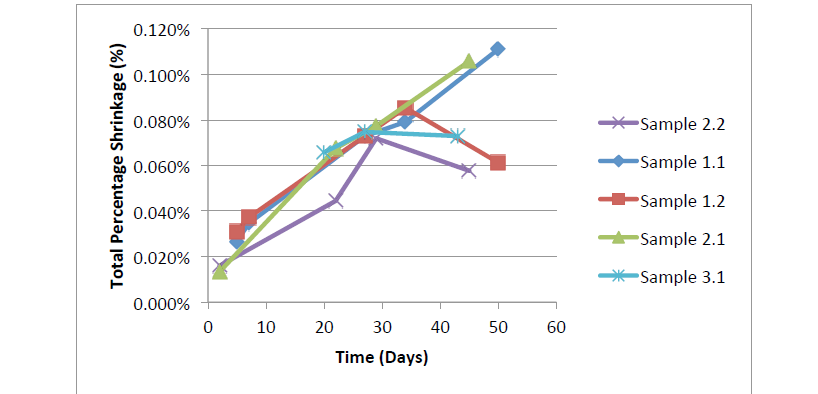1 Ph.D., P.Eng, Faculty and Program Coordinator, Department of Civil Engineering, British Columbia Institute of Technology, Burnaby, BC, V5G 3H1, Canada, Rishi_Gupta@bcit.ca
2 P.Eng., Executive Director, Masonry Institute of British Columbia, Vancouver, BC, V5M 1M3, Canada, info@masonrybc.ca
3 Research Assistant, Department of Civil Engineering, British Columbia Institute of Technology
ABSTRACT
Masonry veneer is the non-structural part of a masonry wall that acts as a weather barrier. Moisture and temperature changes can lead to dimensional changes in masonry veneer that is constructed using bricks/blocks and mortar. Improper design and lack of movement joints can cause cracking in the veneer leading to ingress of moisture and aesthetic issues. Other than temperature and moisture, prediction of movement in veneer is complicated by other factors such as shrinkage of mortar in the joints and the age of the bricks. This research examines the amount of movement that occurs in masonry veneer walls due to temperature and aging. The results are used for predicting the spacing of movement joints in masonry veneer. Dimensional change of the individual components of a masonry veneer wall, and the sum of the individual movements were used to predict the total movement of a wall. Dimensional changes of clay masonry units were monitored using a modified length comparator base. Extreme temperature changes were induced to record length changes. Testing of multiple samples showed a variance in the coefficient of thermal expansion of each unit, and the results in some cases were lower than published values. Fresh bricks had higher expansion at temperatures exceeding 60ºC when compared to aged bricks. Also, the shrinkage of mortar was investigated and found to be 0.11 % in a 50 day period. Results from this study were used to predict overall length change in a veneer wall and this change was compared to typical joint thickness specified in industry standards.
KEYWORDS: masonry, veneer, expansion, movement, joints, temperature, age
491.pdf



